Skincare trends come and go, but one trend that has consistently captured the attention of beauty enthusiasts worldwide is the Korean Facial Spa. Known for its innovative techniques, luxurious treatments, and impressive results, the Korean facial is taking 2025 by storm. Whether you’re aiming for glowing skin, a youthful appearance, or deep hydration, this trend is transforming how we approach skincare.
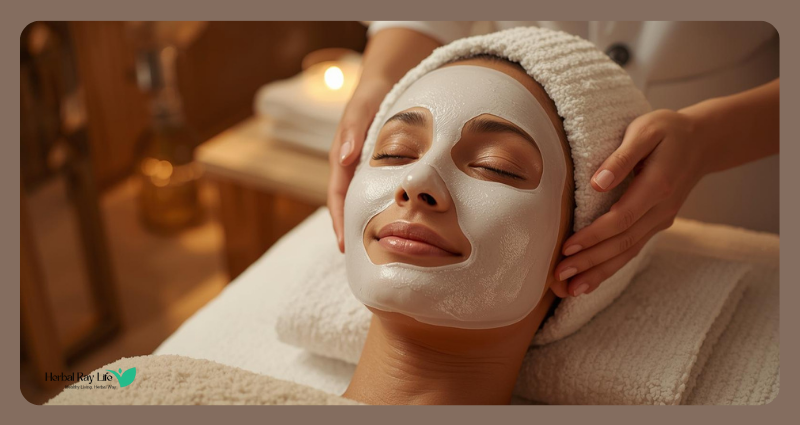
In this article, we’ll explore everything about Korean Facial Spa—from its unique benefits to step-by-step treatments, practical tips, and how it compares to other popular facials.
What is a Korean Facial Spa?
A Korean Facial Spa is more than just a beauty treatment; it’s a holistic skincare experience. Unlike conventional facials, Korean facials focus on layered treatments, gentle techniques, and natural ingredients that promote healthy, radiant skin over time.
Key components include:
- Double cleansing: Using oil-based cleansers followed by water-based ones to remove impurities.
- Exfoliation: Gentle exfoliation using enzymes, acids, or scrubs.
- Essence & serum application: Layering lightweight yet potent formulas for hydration and repair.
- Massage techniques: Lymphatic and facial massages to improve circulation.
- Sheet masks: Hydrating or brightening masks for deep skin nourishment.
The objective is to attain a luminous, flawless complexion, the signature look of K-beauty.
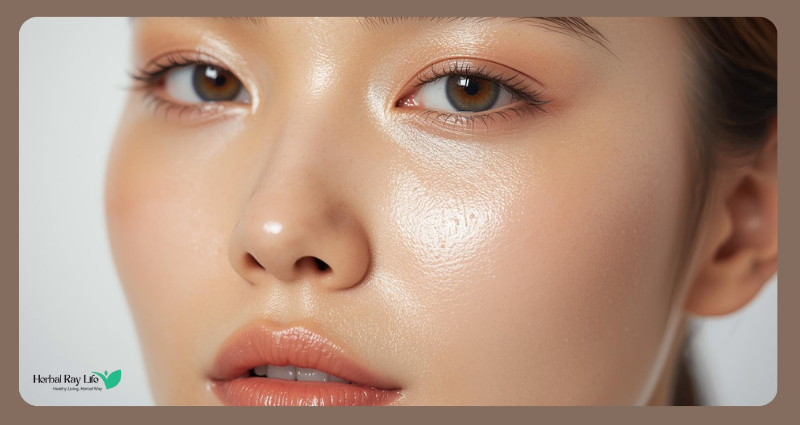
Why Korean Facial Spa is Trending in 2025
Several factors make Korean facial spas the hottest trend this year:
- Focus on Prevention, Not Just Treatment
K-beauty emphasizes maintaining skin health before issues arise. Unlike traditional facials that target problems like acne or dullness after they appear, Korean facials focus on preventive care, leaving skin radiant and youthful. - Use of Advanced Technology
Many spas incorporate LED therapy, microcurrent devices, and ultrasonic treatments to enhance skin rejuvenation, making facials highly effective. - Natural Ingredients
Ingredients like green tea, ginseng, snail mucin, and hyaluronic acid are staples, providing nourishment without harsh chemicals. - Customization
Each facial is customized to address your specific skin needs, be it dehydration, uneven tone, or signs of aging.
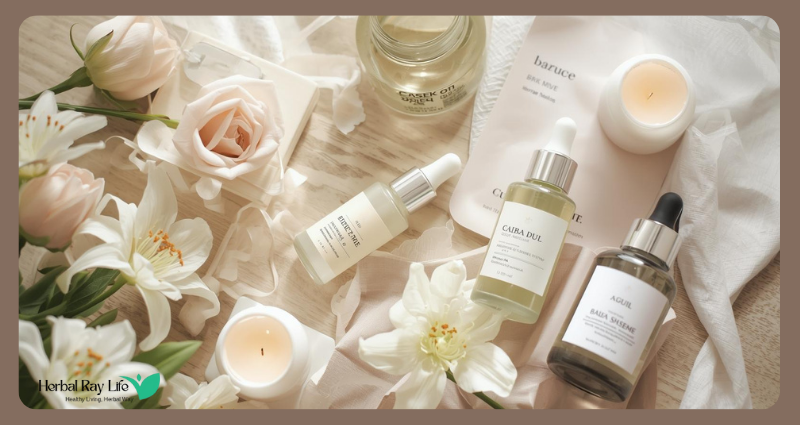
Step-by-Step Korean Facial Spa Experience
Here’s what to expect when you book a Korean facial spa treatment:
Step 1: Skin Analysis
A professional will evaluate your skin to customize treatments.
Step 2: Double Cleansing
Removes dirt, oil, and makeup gently without stripping natural moisture.
Step 3: Exfoliation
Mild exfoliation sweeps away dead skin cells and enhances how effectively the skin absorbs nourishing ingredients.
Step 4: Facial Massage
Using upward strokes, massage boosts circulation, improves elasticity, and reduces puffiness.
Step 5: Essence & Serum Application
Multiple layers of active ingredients are applied for hydration, brightening, or anti-aging.
Step 6: Sheet Mask
A nutrient-rich mask delivers instant radiance to the skin.
Step 7: Moisturization & Sunscreen
The final step seals in essential nutrients while shielding your skin from harmful UV rays.
Tip: Many spas also offer optional add-ons like LED light therapy or oxygen infusion for enhanced results.
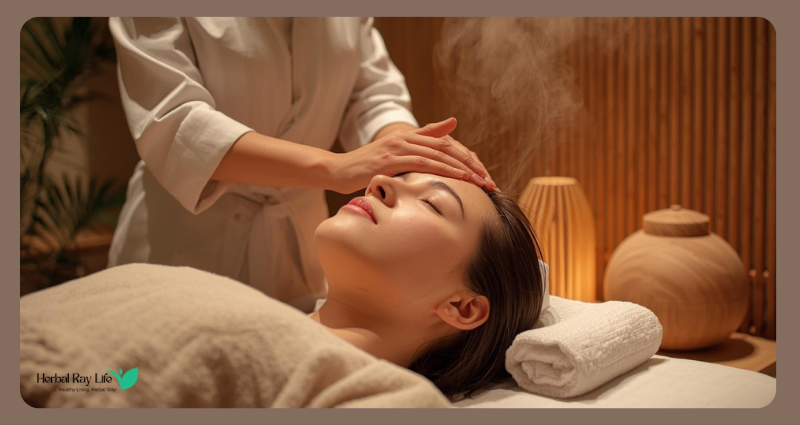
Benefits of Korean Facial Spa
Investing in a Korean facial spa has multiple advantages:
- Deep hydration: Perfect for dry or dehydrated skin.
- Brightens complexion: Ingredients like vitamin C and niacinamide target dullness.
- Reduces fine lines: Massage techniques and serums promote collagen production.
- Detoxifies skin: Removes toxins and improves lymphatic drainage.
- Promotes long-term skin health: Prevents premature aging and maintains a radiant look.
Korean Facial Spa vs Other Facials
| Feature | Korean Facial Spa | Traditional Western Facial | Ayurvedic/Chinese Facial |
|---|---|---|---|
| Focus | Prevention & glow | Problem-solving | Holistic & balance |
| Ingredients | Snail mucin, ginseng, green tea | Synthetic serums | Herbal oils, natural extracts |
| Methods | Multiple product layers with facial massage and sheet masks | Exfoliation followed by masking | Herbal oil massages and treatment packs |
| Results | Hydration & luminous skin | Short-term improvements | Detox & balance |
| Customization | Highly personalized | Moderate | Moderate |
In essence, Korean facials promote lasting skin health, Western facials focus on quick fixes, and Ayurvedic facials emphasize restoring the skin’s natural equilibrium.
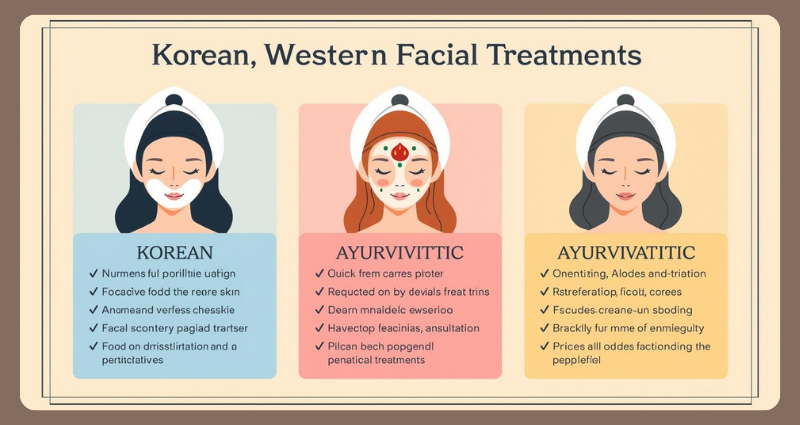
Practical Tips Before Booking a Korean Facial Spa
- Know Your Skin Type: Oily, dry, sensitive, or combination skin needs different treatments.
- Check Ingredients: Ensure no allergens in masks or serums.
- Avoid Overdoing Treatments: Once every 4–6 weeks is ideal for optimal results.
- Combine with Home Care: Use gentle cleansers, toners, and moisturizers to prolong the effects.
- Stay Hydrated: Drinking water enhances skin glow.
Common Misconceptions About Korean Facial Spa
- “It’s only for women” – Men can benefit equally from these treatments.
- “Immediate results are permanent” – Regular facials and proper home care are essential.
- “Expensive means better” – Focus on ingredients and spa expertise rather than just price.
Conclusion
The Korean Facial Spa is more than a trend—it’s a revolution in skincare that combines technology, natural ingredients, and holistic techniques to provide radiant, healthy skin. With preventive care, personalized treatments, and noticeable results, it’s no wonder this facial has become a global phenomenon in 2025.
Whether you want to brighten your skin, fight aging, or simply indulge in self-care, a Korean facial spa could be your ultimate solution. Pair it with consistent home care and lifestyle habits to achieve the coveted K-beauty glow
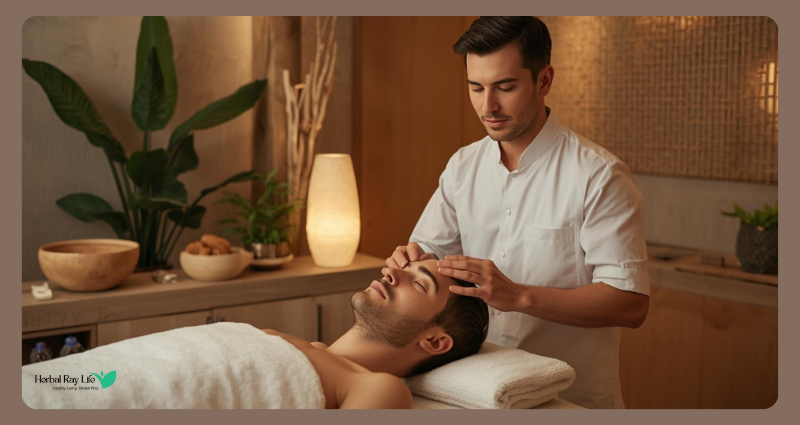
FAQs About Korean Facial Spa
Q1. What is the recommended frequency for receiving a Korean facial?
Ideally, every 4–6 weeks for long-lasting results.
Q2. Can individuals with sensitive skin safely get a Korean facial?
Yes, most treatments are gentle, but always do a patch test and inform your esthetician.
Q3. Can men get Korean facials?
Absolutely! Men can equally enjoy the advantages of moisturizing, exfoliating, and revitalizing treatments.
Q4. How long does a session take?
Typically, a session runs between 60 and 90 minutes, varying with the type of treatment.
Q5. Will it remove acne or scars?
While it improves skin texture and hydration, severe acne or scars may require additional dermatological treatments.
Disclaimer: Content is for informational purposes only and not a substitute for professional medical advice.
